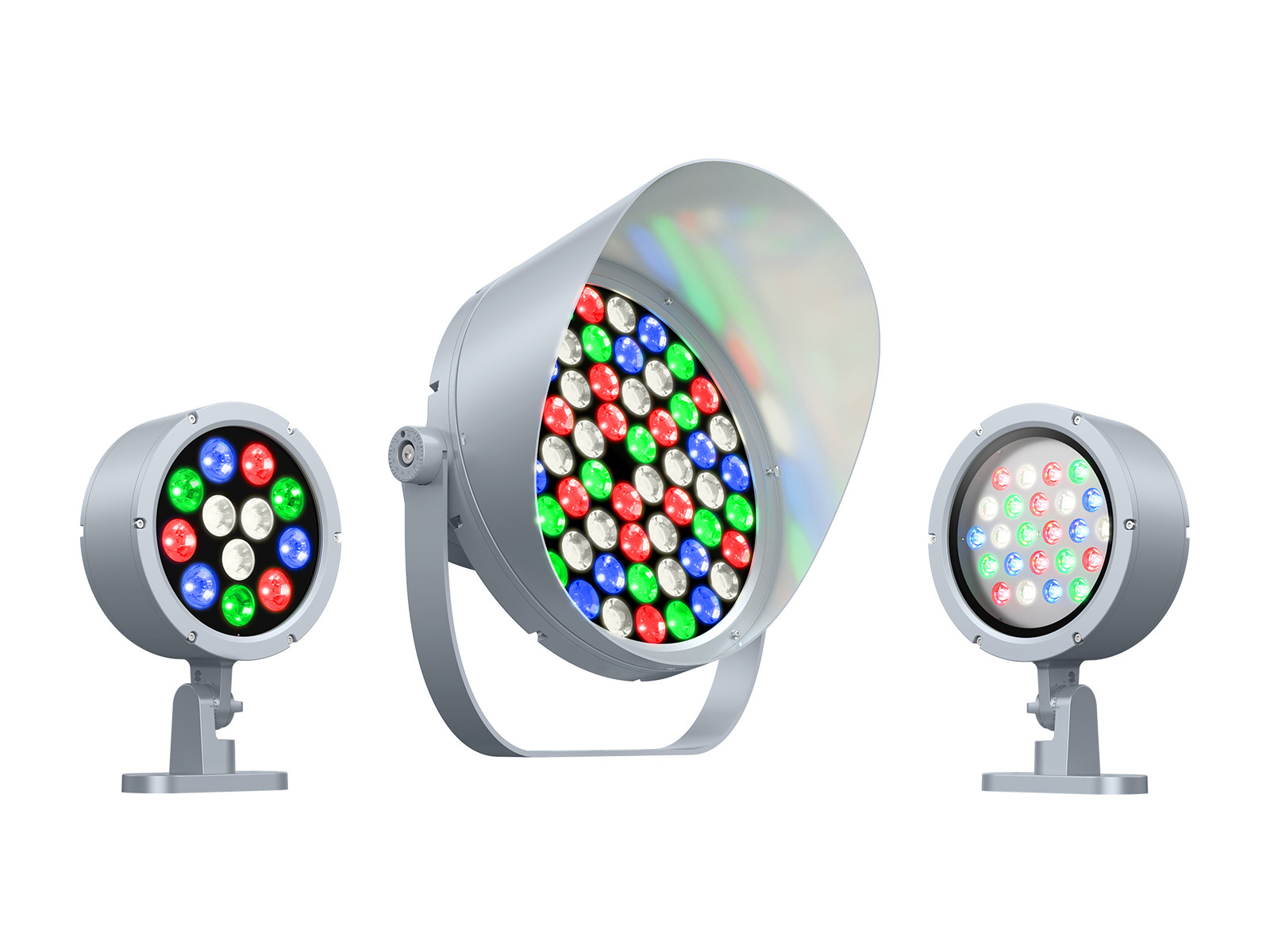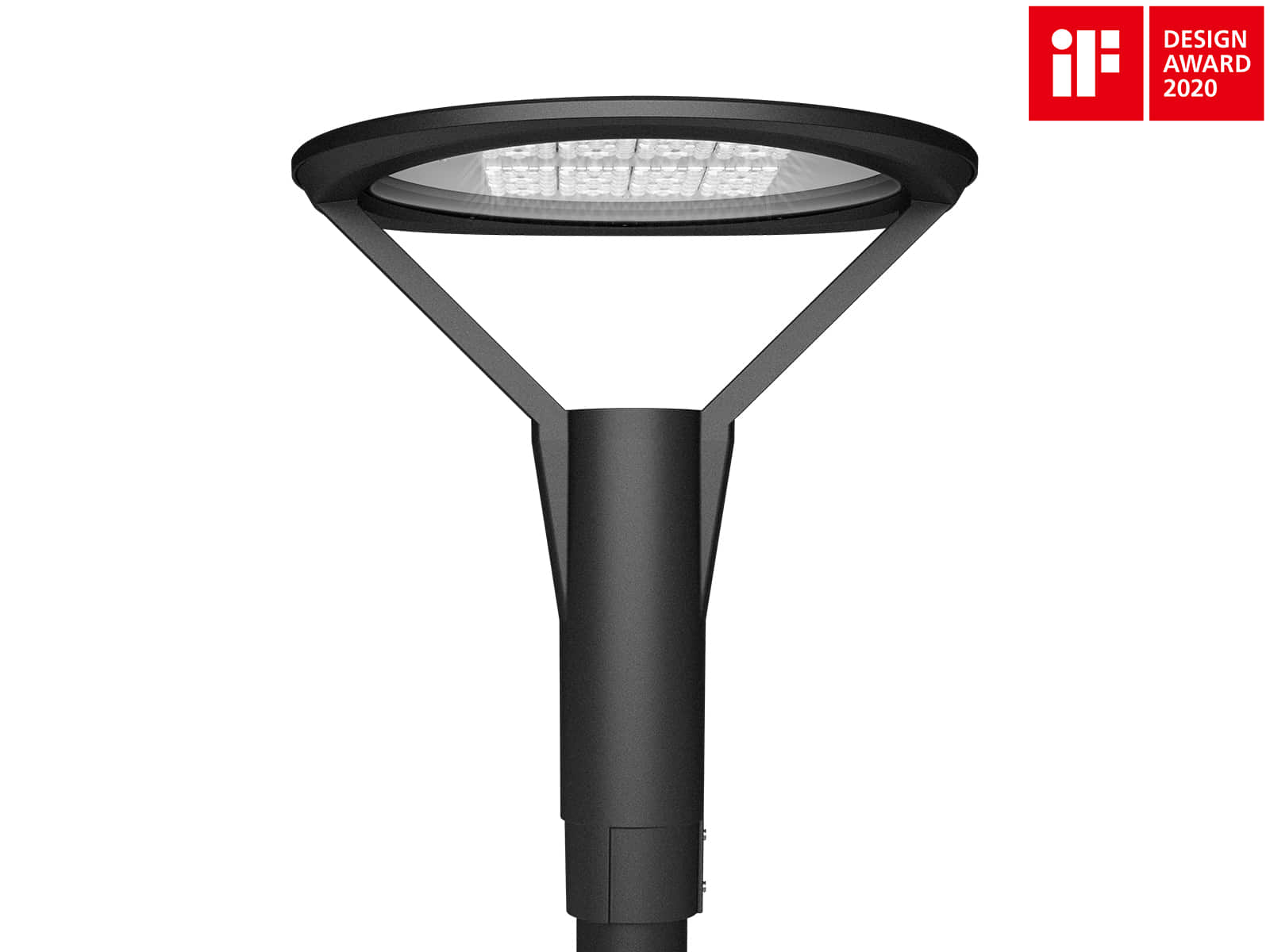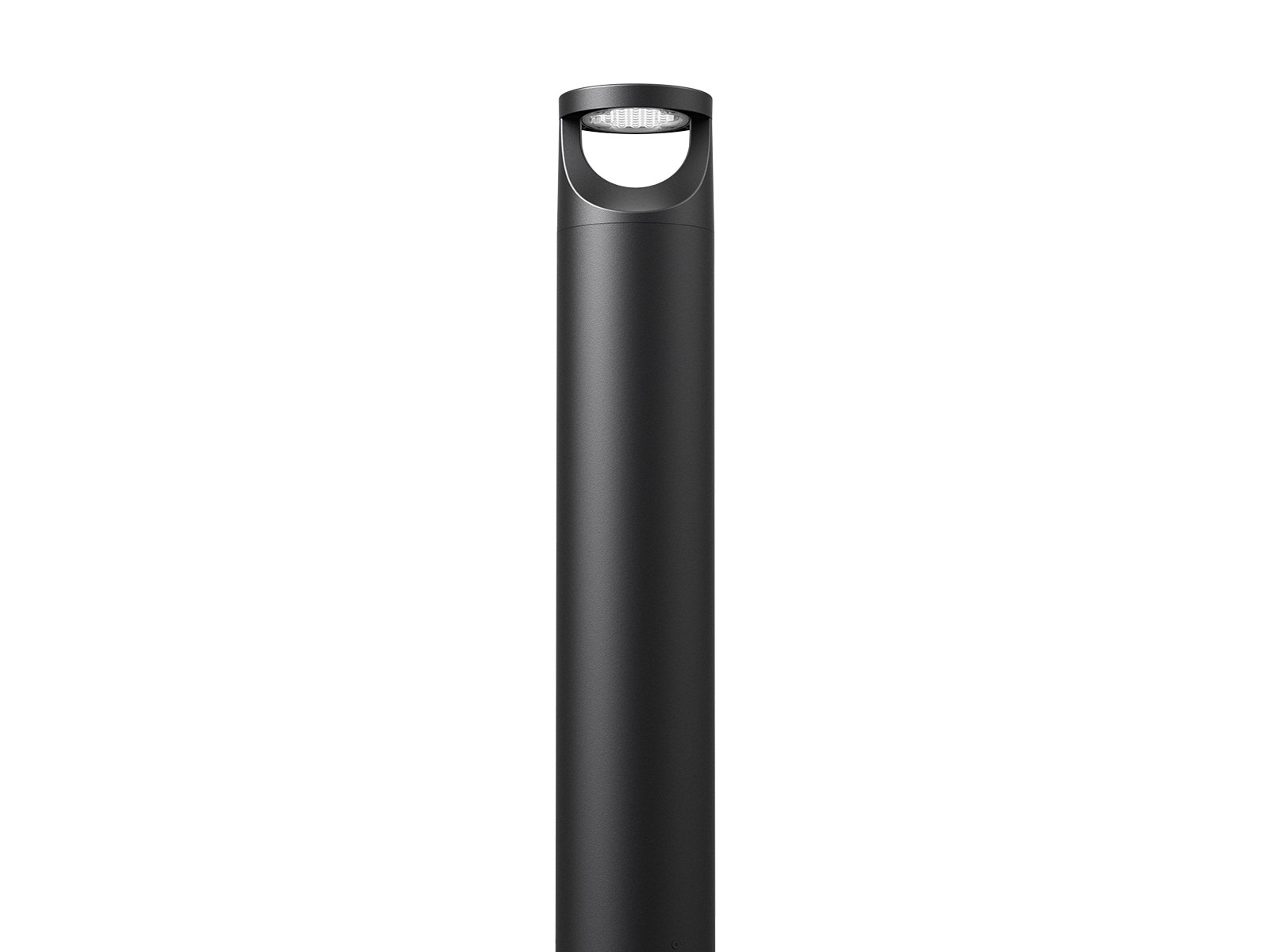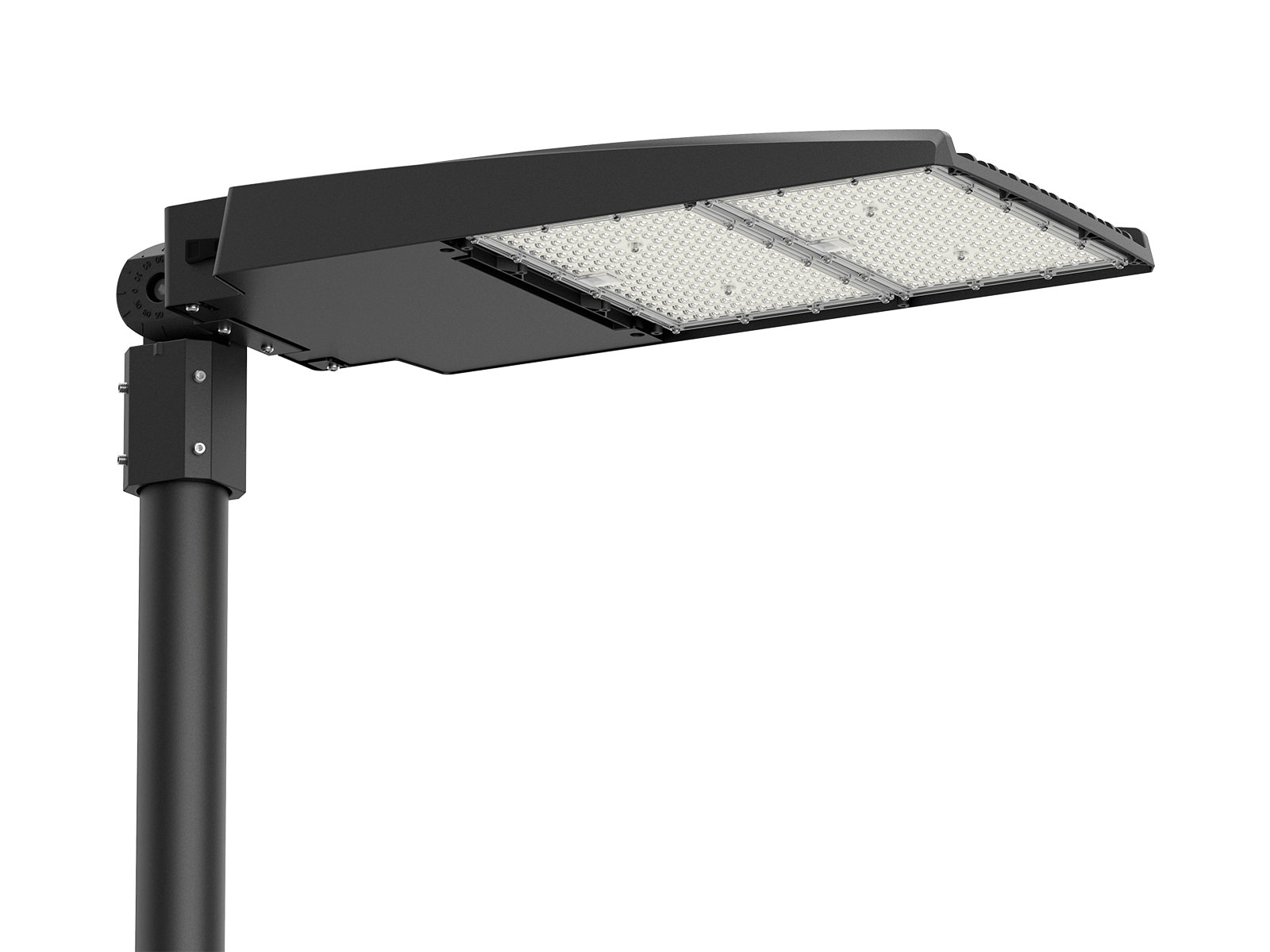Great urban lighting creates safe and enjoyable public environments, as well as demonstrating attractive landscapes. Dwellers and visitors are comfortable in such urban lighting. Then, social cohesion and the economic value of urban are reinforced. However, the rapidly increasing population also adds pressure to the ecological system, making it more difficult to balance the relationship between urban lighting and environmental protection.
Light pollution should be avoided as it is not only negative to the surrounding environment but also to the biodiversity. Sky glow and spill light threaten the habitats of other creatures and disturb their routine. Therefore, urban planning should pay attention to both the dwellers and the environment. This post would like to take a look at lighting for urban areas, including explanations and fixtures for urban lighting and considerations to achieve great urban lighting.
What is urban lighting
In simple words, urban lighting is urban illumination. It is the lighting for the pedestrians and environment in urban areas. Lighting plays an important role in urban development. Great urban lighting brightens up the city at night and during dark periods, bringing dynamic to the city. Lighting for urban areas involves various places, such as streets, roadways, pathways, parks, buildings, bridges, plazas, etc.
But generally, urban lighting is not evenly distributed. Some areas are bright and busy, while others may lack sufficient lighting. Regardless of the brightness of a specific area, safety is the key issue. Therefore, urban areas can be divided into three layers.
The first layer focuses on the basic and critical lighting requirements for the safety of pedestrians and drivers. It can be defined as street lighting as it mainly includes the lighting of streets and roadways. The first lighting layer guides the way for pedestrians and drivers, helping them stay safe at night.
The second layer is about the lighting of infrastructures that allow pedestrians to take leisure and recreational time in outdoor spaces after dark. Most of them are integrated with the space but also highlight the appearance of the space. Lighting for the pathways, parks, squares, and other spaces is classified as the second layer.
The third layer of urban lighting is about the decorative lighting of the surrounding architecture, serving aesthetic functions. Architectural lighting enhances the landmarks such as the large buildings and bridges, making the city more appealing to dwellers and visitors.
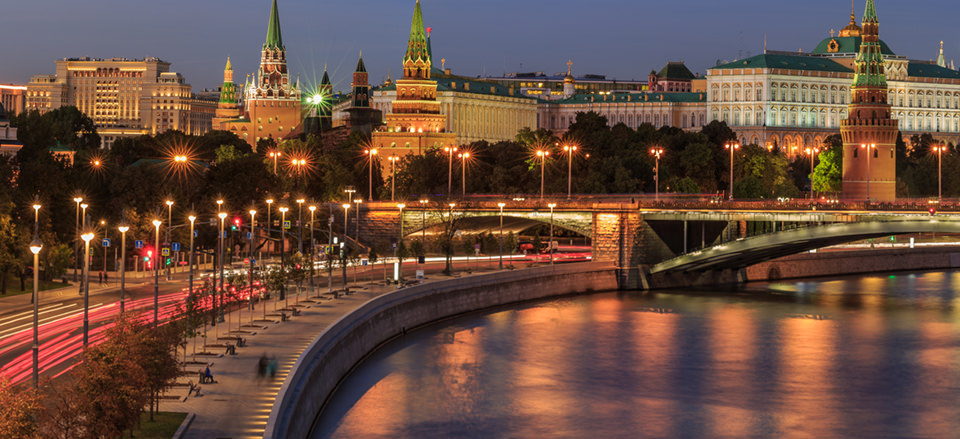
Fixtures for urban lighting
Different types of fixtures are utilized for urban lighting to fulfill the requirements of each layer.
Street lights are selected for the first layer of urban lighting commonly. These fixtures are installed on high poles with different lighting distribution types to fit the length and width of streets. Intelligent sensors and controls are equipped for street lights to save energy as they feature high output and energy consumption.
Bollard lights and post top lights are the main types of fixtures that are integrated into the second layer of urban lighting. Bollard lights are mounted on the ground in pathways, parks, sidewalks, and other spaces, performing both illuminating and aesthetic functions. Lower height (about 0.5m to 1m) and asymmetric optics are used to reduce annoying light and glare. Post top lights are elegant and modern, illuminating as well as decorating the city. Full cut-off post top lights prevent the spill of light to the sky and surrounding residential areas, protecting the environment and dwellers from obtrusive light.
The third layer of urban lighting often utilizes RGBW facade lights. RGBW facade lights add chromatic dynamism to the city. They decorate and highlight the architecture, making the city colorful and beautiful. A wide CCT range of wall packs brings different atmospheres, which allows them to be used for various applications freely. With the help of intelligent control, the lighting intensity and color of RGBW facade lights are adjustable, reducing energy consumption without any decrease in the grandeur lighting effect.
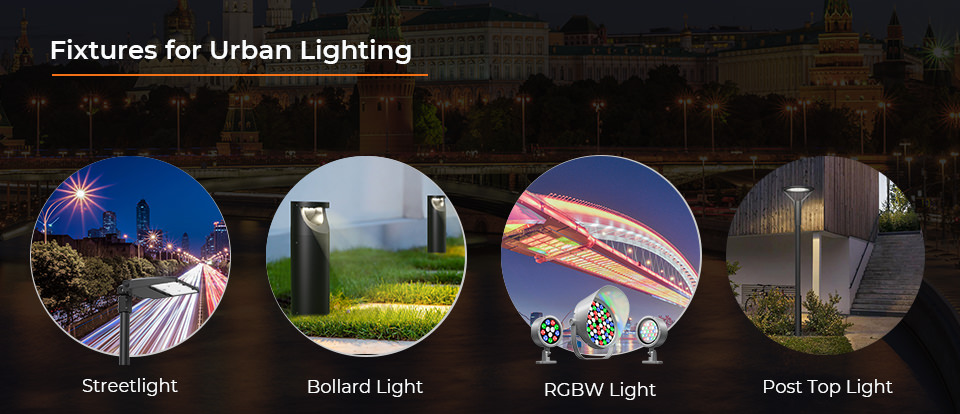
Key considerations for achieving great urban lighting
Good urban lighting is functional, reaching the lighting requirements of the first and second layers of urban lighting. But great urban lighting also contributes to constructing chromatic, dynamic, and captivating public environments. Great urban lighting contributes to social interaction and economic progress as well.
To achieve great urban lighting, neither safety nor aesthetics can be ignored. What we should keep in mind is that great urban lighting should focus on people, the city, and the environment rather than the fixtures, controls, and lighting standards that are used to accomplish lighting design. They are important factors but not the key considerations of great urban lighting. Fixtures, lighting standards, and controls are utilized to serve the needs of people, create a city's reputation and character, and avoid lighting pollution.
Great urban lighting should be people-oriented, city-centered, and environmentally friendly. Concentrating on the needs and health of people, environmental zoning standards were established. Each zone has specific light level recommendations. Following lighting level recommendations, the safety and security of each zone are ensured while excessive light and glare are prevented. Focus on the city's characters and reputation, landmarks, architecture, and buildings decorated with colorful light, displaying the cultures, profound economic strength, and wonderful scenery.
To constitute environmentally friendly urban lighting, lighting pollution is not allowed. Intensity, direction, and shielding of light sources are the main factors for resulting lighting pollution. Improper installation of lighting fixtures can cause serious light pollution as the light spills into the sky or trespasses into surrounding areas. Shielded lighting fixtures with proper installation can protect the environment from sky glow effectively.













